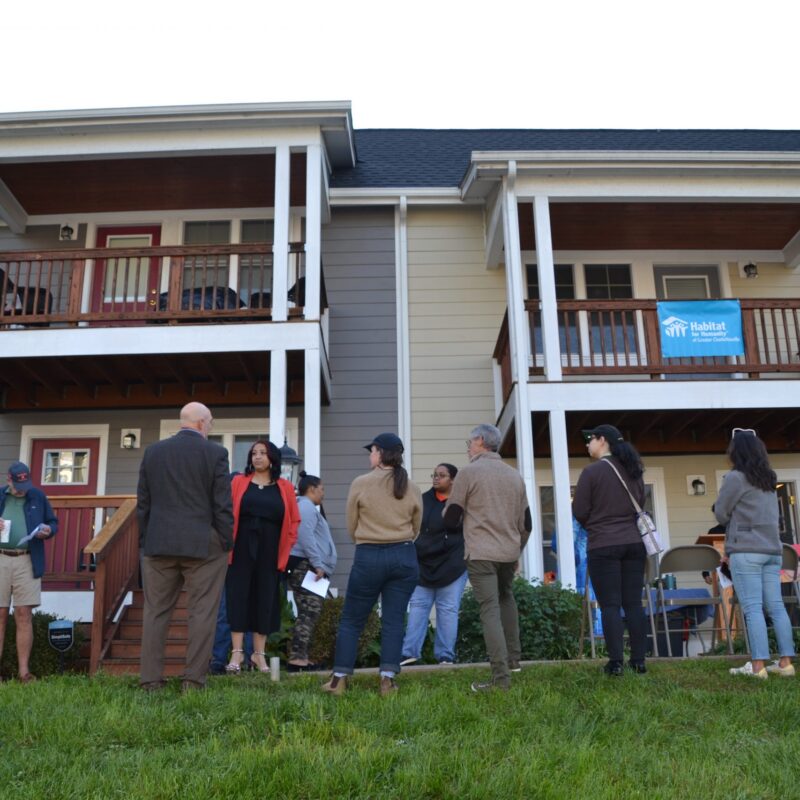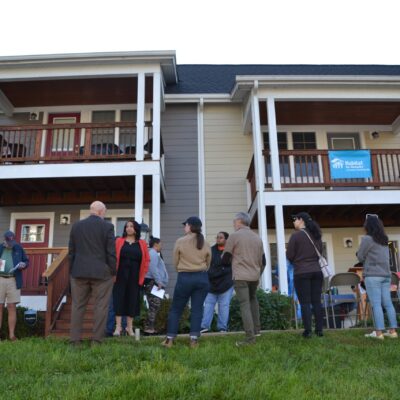The list of individual protected properties (IPP) in the City of Charlottesville could get longer if City Council follows the recommendation August 12 of the city Planning Commission. The decision, however, came after much discussion on the significance of what can be considered a historic landmark and whether all of the five properties on the agenda satisfied the strict criteria set by the city.
“I got a little heartburn thinking about this,” said Commissioner Hosea Mitchell during what was his last meeting as a member of the Commission.
In a 4-3 vote, all five properties obtained the Commission’s stamp of approval. The properties include: the former Coca-Cola Bottling Works building at 134 10th St. (which is owned by C-VILLE owner Bill Chapman); the current Coca-Cola Enterprises building on 722 Preston Ave.; the Monticello Dairy properties on Grady Avenue; the Fry’s Spring Service Station on Jefferson Park Avenue; and the saucer-like Wachovia Bank building in the Barracks Road Shopping Center.
 Federal Realty Investment Trust doesn’t believe that it’s Wachovia bank building at Barracks Road Shopping Center warrants protection for its historic value. |
Of the 66 designated properties currently on the city’s IPP list, very few were made without the owners’ consent, noted Commissioner Cheri Lewis. In this instance, however, most property owners were opposed to the decision, citing additional maintenance work as a “burden” and an infringement on their property rights. Most significantly, protected properties cannot be demolished or renovated without the approval of the Board of Architectural Review. Representatives from Coca-Cola Enterprises asked that the Commission leave them the freedom to choose when and how to modernize their buildings.
There are few local financial incentives for being on the preservation list. In her report, Preservation Planner Mary Joy Scala wrote that the only incentive is a local tax exemption for housing improvements for any building older than 25 years.
Scala recommended all properties to be put on the list for their iconic value. “The preservation of historic properties is what makes Charlottesville unique,” she said. “It’s what people come to see.”
The property that caused a major commotion was the Wachovia Bank building on Emmet Street. Deirdre Johnson of Federal Realty Investment Trust asked the Commission to reconsider adding the building to the list, arguing it would be a potential deterrent to future investments in the area. She also questioned if a building built in 1965 could be considered historical. “I was born in 1964 and I certainly don’t consider myself historical,” she said.
For Lewis, the Wachovia building failed six of the eight criteria: “It’s round—can that be its distinctive feature? No, I don’t think so.” Commissioner Michael Osteen, however, argued that these major commercial buildings are important for the history and spirit of the city. “They are iconic buildings,” he said. “They are what we are.”
C-VILLE welcomes news tips from readers. Send them to news@c-ville.com.





